深度学习 | EECS 498-007 / 598-005 | Image Classification
Robustness 鲁棒性
Edge images
Image Classification:
input: image
output: Assign image to one of a fixed set of categories.
Problem: Semantic Gap(语义差距)
Object Detection:
One way to perform is via image classification of different sliding windows im the image. In a nutshell, it means classify different sub-regions of the image so we could look at s sub region over here and then classify it as background, horse, person, car or a truck…
1 | def classify_image(image): |
Machine Learning:Data-Driven Approach
- Collect a dataset of images and labels
- Use Machine Learning to train a classifier
- Evaluate the classifier on new images
1
2
3
4def train(images, labels):
# Machine learning
# Memorize all data and labels
return model
1 | def predict(model, test_images): |
Distance Metric to compare images
曼哈顿距离:
L1(Manhattan) distance: $d_1(I_1,I_2) = \sum_p|I_1^p-I_2^p|$


Nearest Neighbor Decision Boundaries
Decision Boundarie is the boundary between two classification regions.
Decision Boundarie can be nosiy; affected by outliers.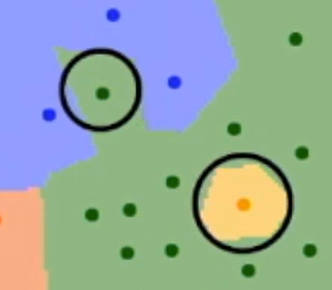
K-Nearest Neighbors
Using more neighbors helps smooth out rough decision boundaries.
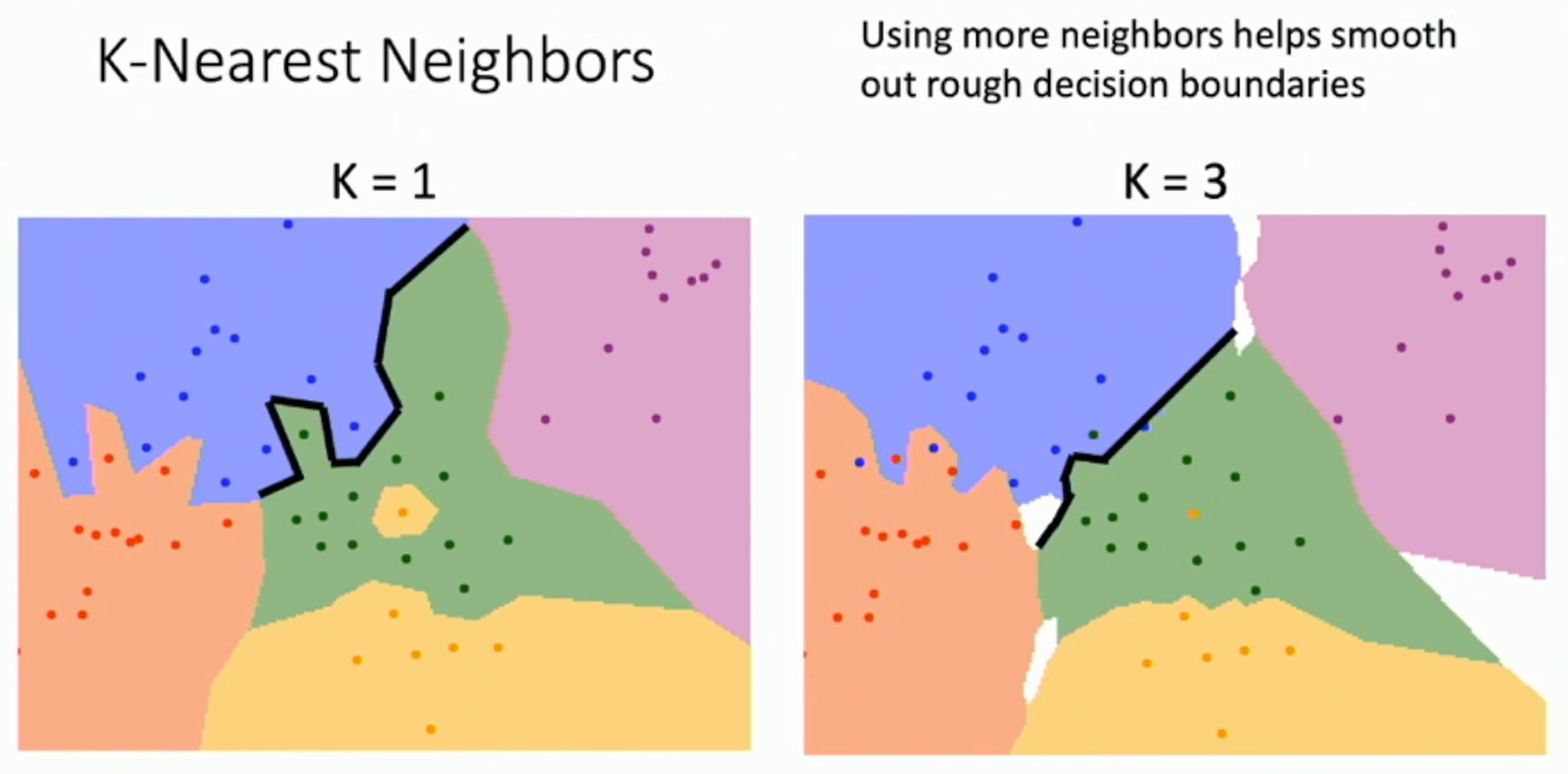
Using more neighbors helps reduce the effect of outliers.

When K > 1 there can be ties between classes. Need to break somehow!
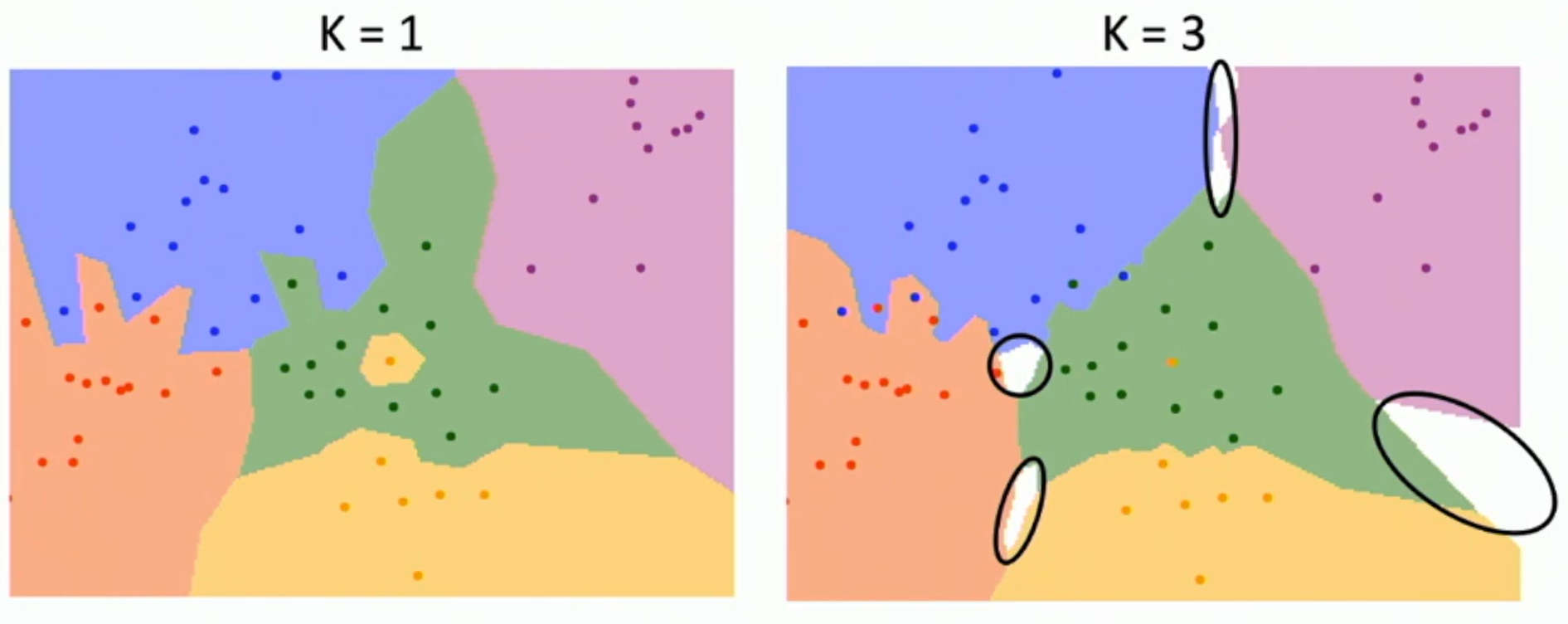
白色区域均有三个最近的邻居。
欧几里得距离
L2(Euclidean) distance = $d_2(I_1, I_2) = \sqrt{\sum_{p}(I_1^p - I_2^p) ^ 2}$
Setting Hyperparameters
Among the three ideas above, The best idea is Idea #3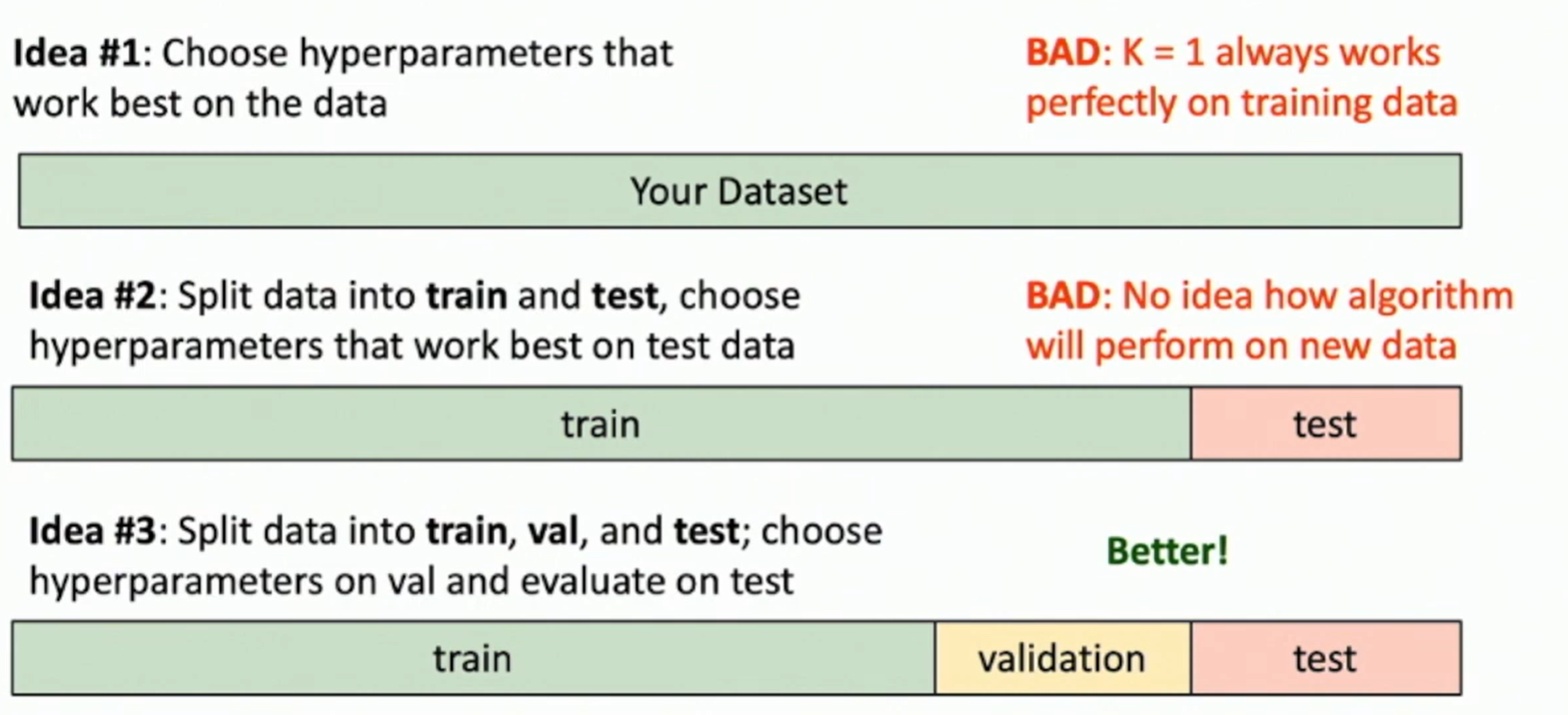

当然,我们也可以将数据集划分为更多,以此更好估计我们的泛化性能。
也就是交叉验证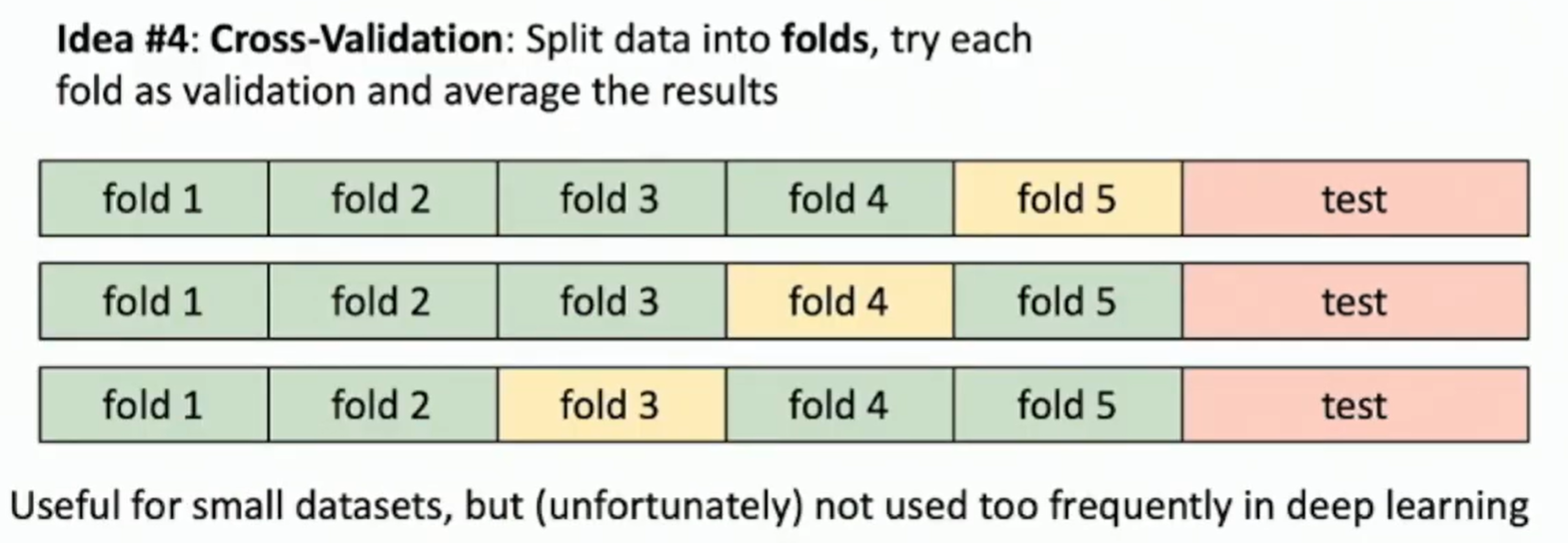
随着训练的数量越来越多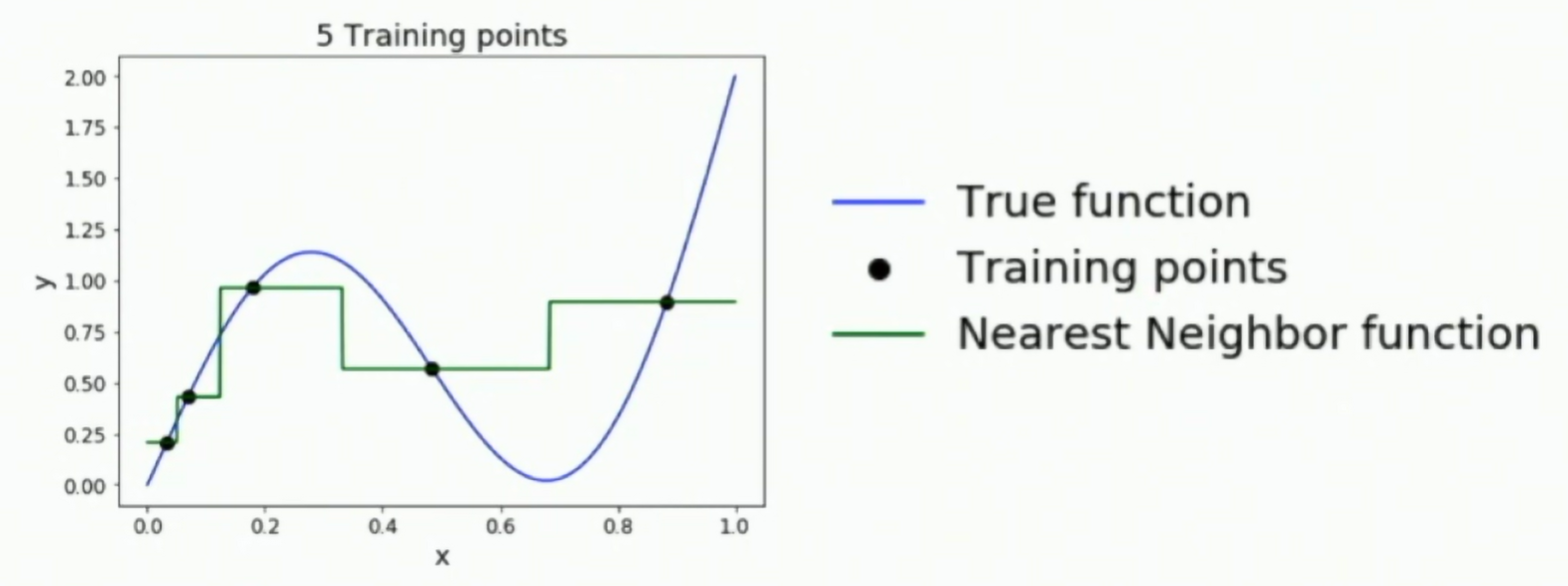
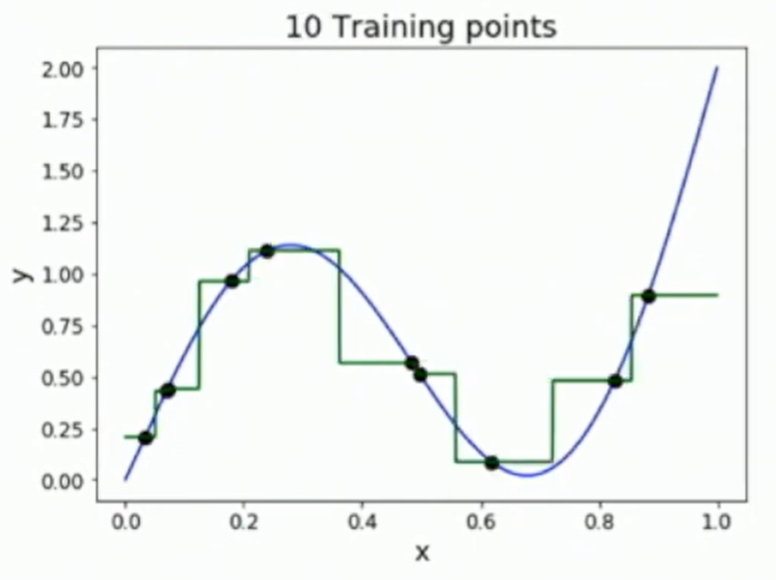
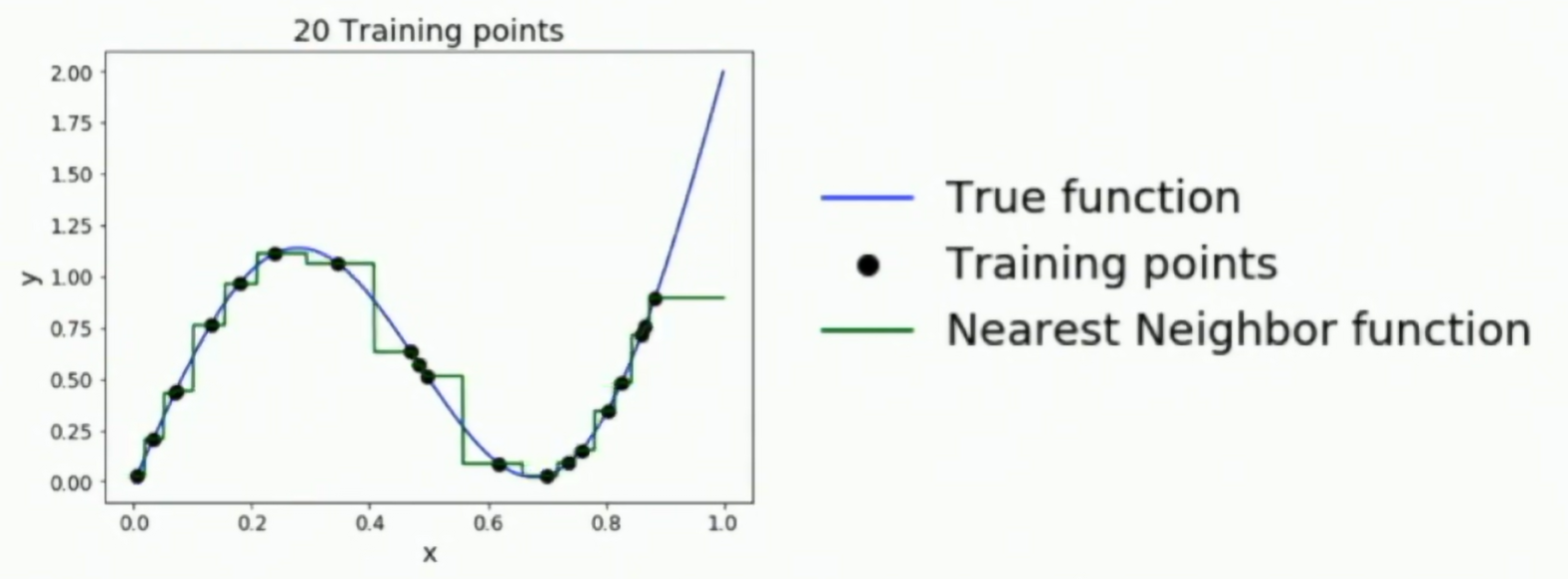
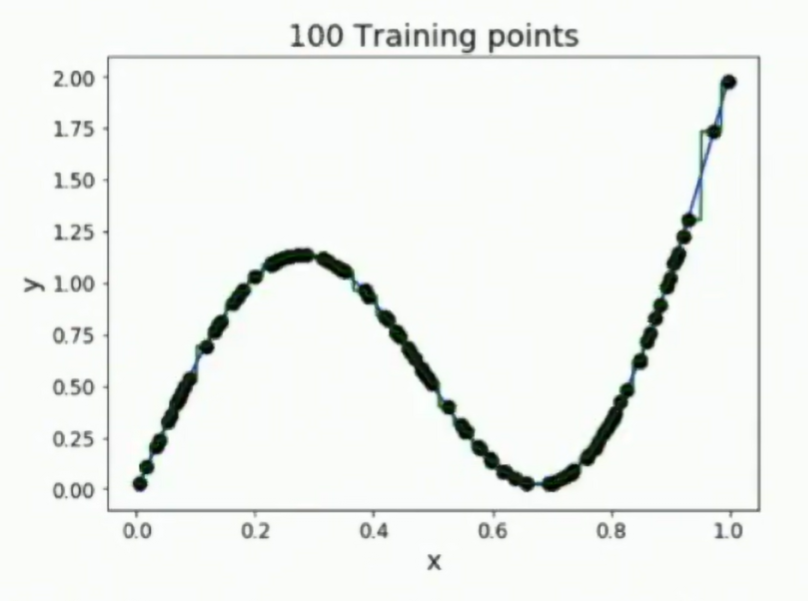
We can see the nearest neighbor classifier performs well.


